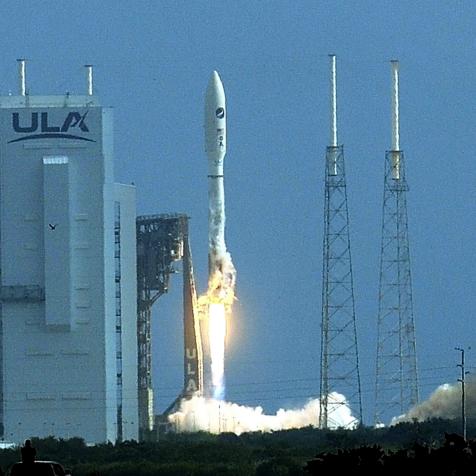
NASA/ISS
NASA Astronauts Take on Two Spacewalks at the International Space Station
Updated July 1, 2020
Six Days. Two spacewalks. Both Successful.
Astronauts Bob Behnken and Doug Hurley started their journey towards the International Space Station on May 30th from Cape Canaveral Florida onboard the first launch on US soil in nearly a decade—powered by a partnership between NASA and SpaceX.
Now, nearly a month later, flight engineer Bob Behnken—along with long-time ISS resident Chris Cassidy, will approximately seven hours of proverbial fresh air as part of a continuing power upgrades being made to space station.
Currently, both spacewalks are scheduled to start at 7:35 AM EDT. You can watch the live coverage of the walks on NASA.gov.
We will be updating the coverage of the Spacewalks as they occur.
June 26, 2020 - 7:35 AM EDT
The first of two spacewalks in seven days is underway at the International Space Station.
July 1, 2020 - 7:35 AM EDT
The second of the two planned spacewalks at the ISS for repairs and maintenance is complete.
The New Journey to Space 20 Photos
(Updated on July 1, 2020) As we celebrate the successful launch of the Dragon Crew Spacecraft and resuable Falcon-9 Rocket, take a look back at the partnership between NASA and SpaceX leading up to the launch date. Also, included are some new images from the successful launch on May 30th and dock with the ISS on May 31st. Plus, see some new images of the astronauts getting work done at the ISS as their mission continues.



















